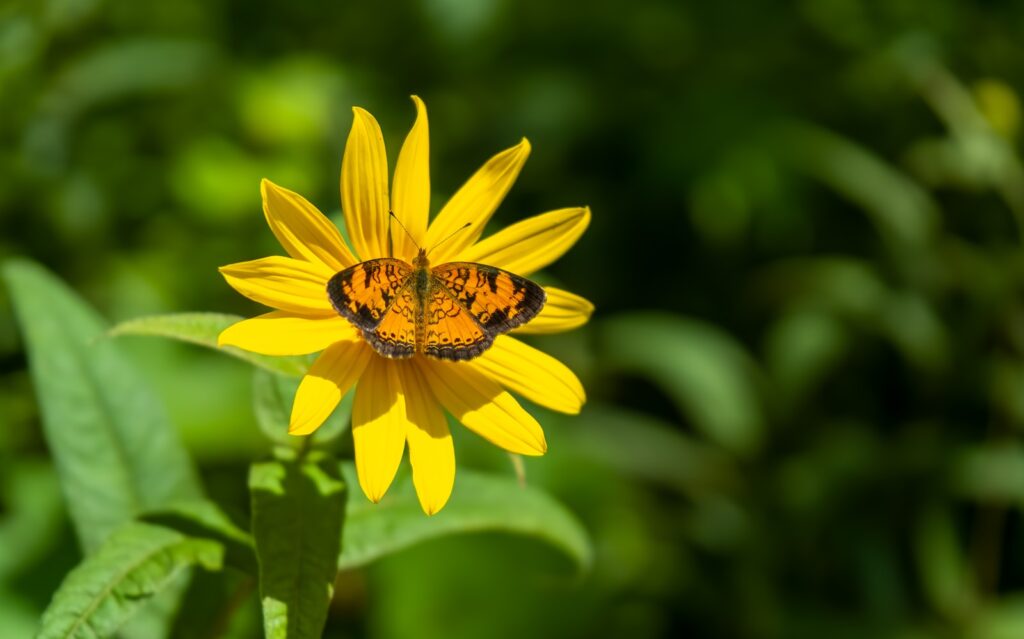The delicate flutter of butterfly wings in a garden is not just a chance occurrence, but often the result of deliberate botanical choices that gardeners make. Butterflies, with their remarkable sensory capabilities, are drawn to specific plants that offer them sustenance, shelter, and breeding grounds. Understanding the science behind butterfly attractions can transform an ordinary garden into a vibrant ecosystem teeming with these magnificent insects. This article delves into the fascinating relationship between butterflies and plants, exploring how specific floral characteristics influence butterfly visitation patterns and what gardeners can do to create butterfly-friendly habitats that support these important pollinators throughout their life cycle.
The Butterfly Vision: How They See Flowers Differently
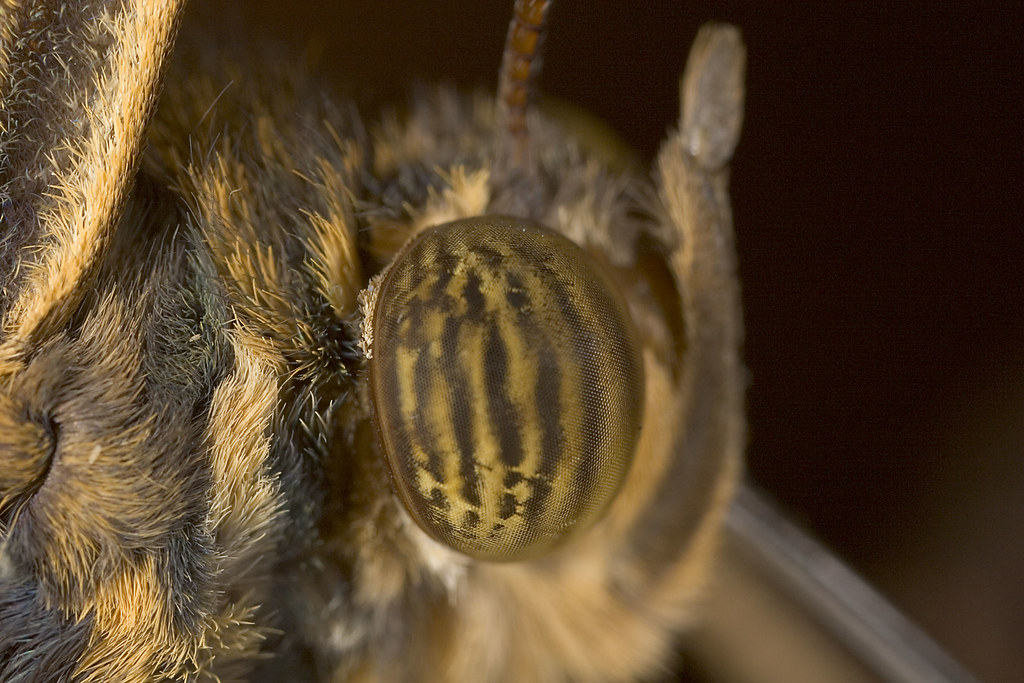
Butterflies perceive the world through a visual system dramatically different from our own. Their compound eyes can detect ultraviolet light, revealing patterns on flowers invisible to humans but serving as “landing strips” guiding butterflies to nectar sources. Research has shown that many flowers have evolved ultraviolet markings specifically to attract butterflies, creating what scientists call “nectar guides.” These markings often appear as concentric patterns leading to the center of the flower where nectar is stored. Additionally, butterflies can distinguish between colors more readily than they can distinguish shapes, which explains why brightly colored, clustered flowers tend to attract more butterfly visitors. Their ability to see into the ultraviolet spectrum means that flowers we perceive as plain may actually be dazzling beacons to butterfly eyes.
Nectar Composition: The Sweet Science of Attraction
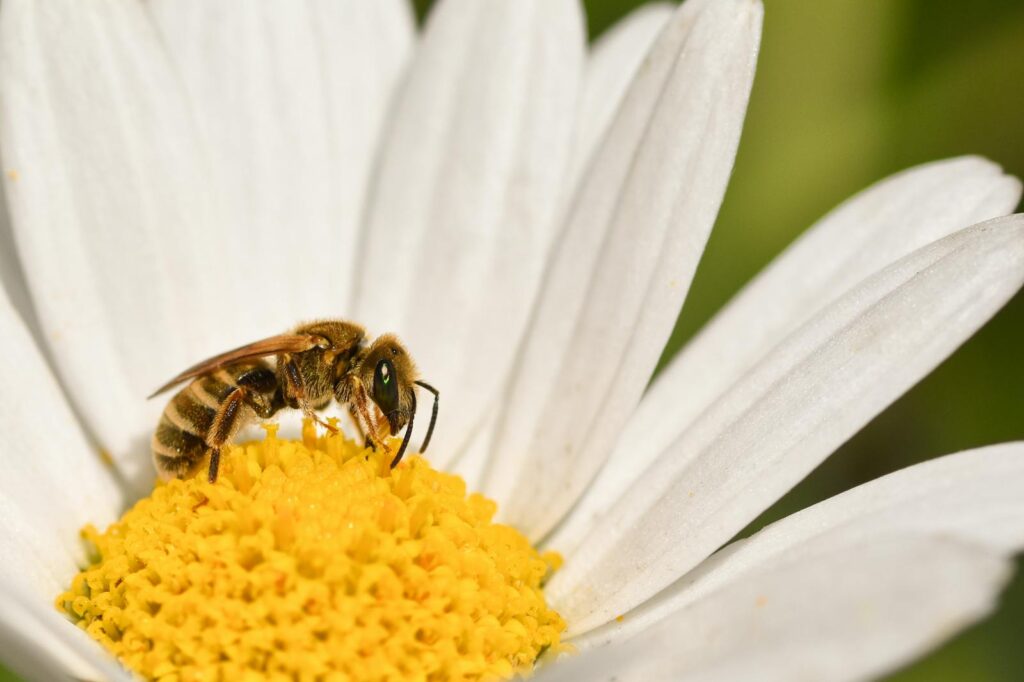
The chemical makeup of flower nectar plays a crucial role in butterfly attraction, serving as more than just a sugar source. Butterflies are particularly drawn to nectars rich in amino acids, which provide essential nutrients for reproduction. Different butterfly species show preferences for specific sugar concentrations, typically favoring sucrose-dominant nectars with concentrations between 20-25%. Research has demonstrated that some butterflies can even detect minute differences in nectar composition, allowing them to optimize their foraging efforts. Interestingly, some plants produce specific amino acid profiles in their nectar that appear tailored to their primary butterfly pollinators, showing the deep co-evolutionary relationship between these species. Plants like butterfly bush (Buddleja), bee balm (Monarda), and zinnias have been found to produce particularly attractive nectar compositions.
Flower Shape and Butterfly Anatomy: A Perfect Match
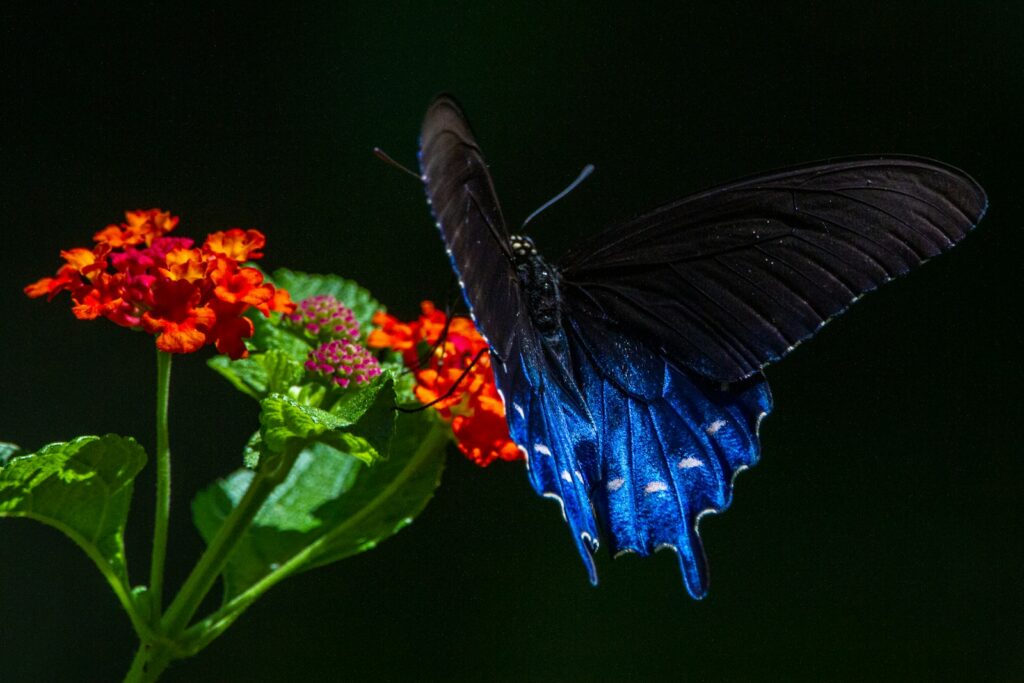
The physical structure of flowers has evolved in tandem with butterfly feeding mechanisms, creating fascinating examples of co-evolution. Most butterflies possess long, thin proboscises that unfurl like drinking straws, allowing them to access nectar from tubular flowers that might be inaccessible to other insects. The length of a butterfly’s proboscis often correlates with the flower types it prefers – species with longer proboscises can access deeper flower tubes. Flat-topped flower clusters like those found in milkweed, lantana, and coneflowers provide perfect landing platforms for butterflies, allowing them to perch while feeding. This physical compatibility between butterfly mouthparts and flower structure exemplifies the principle of “lock and key” relationships in nature, where pollinators and plants have adapted to each other over evolutionary time.
Native Plants: The Ecological Foundation of Butterfly Gardens
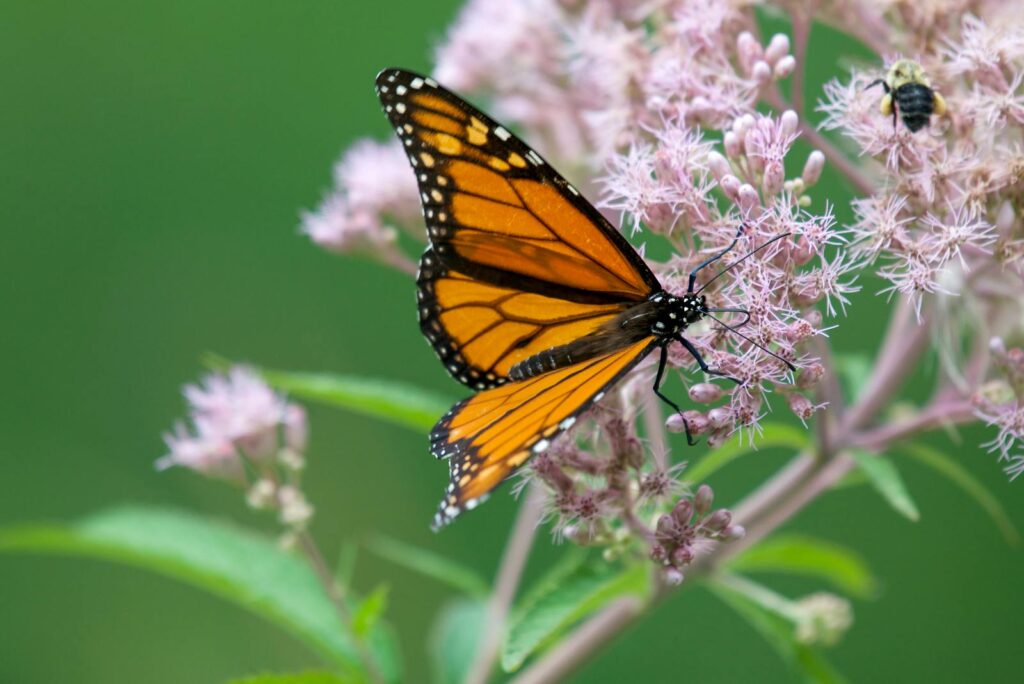
Native plants form the backbone of successful butterfly habitat creation, offering benefits that exotic ornamentals often cannot match. Through millennia of co-evolution, local butterfly species have developed specialized relationships with native flora, relying on them for both nectar (adult food) and as host plants for their caterpillars. Research conducted by entomologist Doug Tallamy has demonstrated that native plant gardens support significantly higher butterfly diversity and abundance than those dominated by non-native species. Native plants are also generally better adapted to local growing conditions, requiring less supplemental water and fertilizer while providing consistent resources throughout the butterfly breeding season. Examples of powerful native butterfly attractors include milkweed (Asclepias) for monarchs, violets (Viola) for fritillaries, and various native asters that support numerous species.
The Role of Host Plants: Beyond Nectar Sources
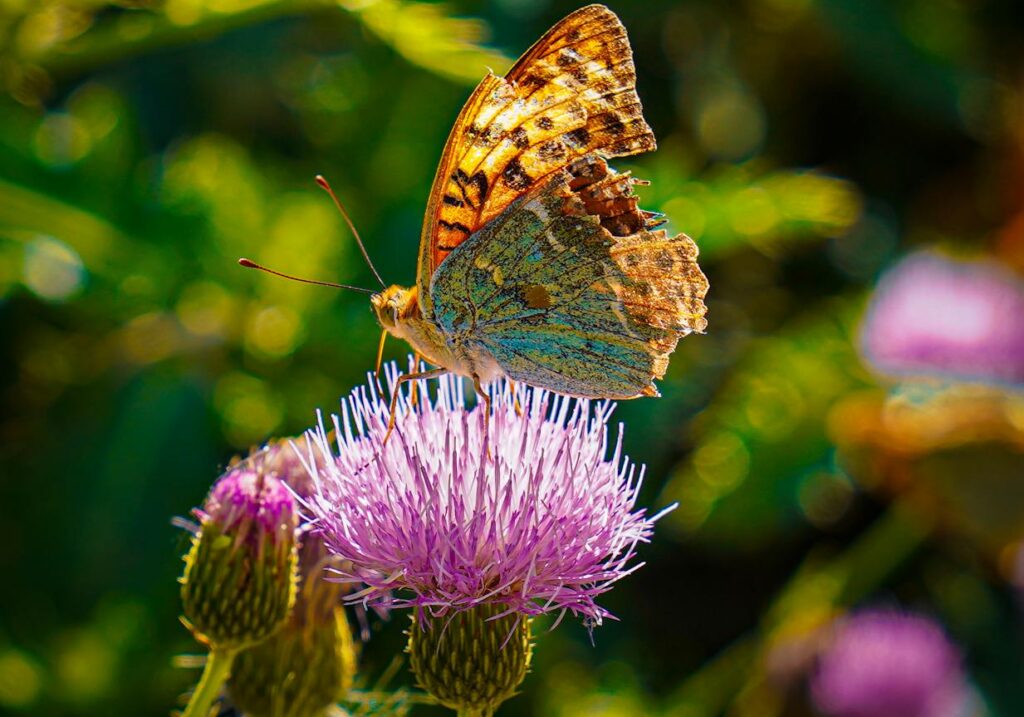
Creating a complete butterfly habitat requires understanding that adult nectar sources represent only half of butterflies’ botanical needs. Each butterfly species requires specific host plants on which to lay eggs, as their caterpillars can often feed only on particular plant families. The monarch butterfly’s relationship with milkweed represents the most famous example of this specificity – monarch larvae can only develop on milkweed plants, which contain compounds that the caterpillars sequester to become unpalatable to predators. Similarly, swallowtail butterflies require plants in the carrot family (Apiaceae) or citrus family (Rutaceae), while painted ladies prefer thistles and mallows. Incorporating these host plants into gardens, even if they’re not conventionally ornamental, is essential for supporting complete butterfly life cycles. A truly successful butterfly garden balances both nectar sources for adults and host plants for reproduction.
Seasonal Planning: Year-Round Butterfly Support
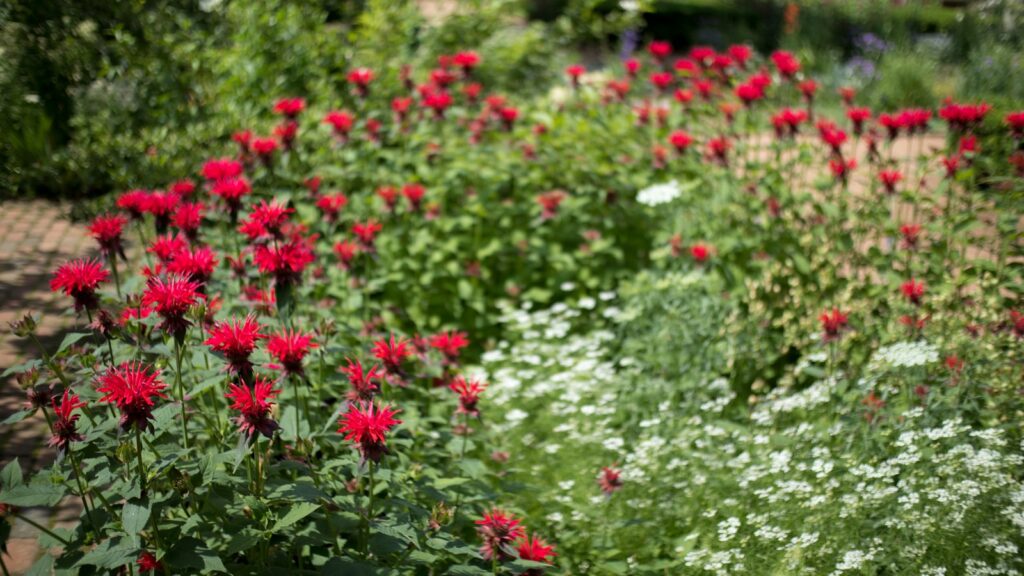
Effective butterfly gardening requires thoughtful planning to ensure continuous floral resources throughout the growing season. Early spring bloomers like phlox, bluets, and violets provide critical nectar for overwintering species that emerge when few other resources are available. Summer-flowering plants including echinacea, bee balm, and zinnias support peak butterfly activity during the height of breeding season. Late-blooming species such as goldenrod, asters, and sedum are particularly crucial, providing energy for migratory species and those preparing for hibernation. Research by the Xerces Society has shown that gardens with at least three seasonal blooming periods support significantly more butterfly diversity than those with concentrated flowering in a single season. Creating a bloom calendar specific to your region can help identify and fill any temporal gaps in nectar availability.
Color Preferences: What Hues Attract Butterflies Best

Scientific studies have consistently shown that butterflies exhibit strong color preferences when seeking nectar sources. Bright colors, particularly in the red-yellow-purple spectrum, serve as powerful visual cues for many butterfly species. Reds and purples appear particularly attractive to swallowtails and painted ladies, while oranges and yellows often draw monarchs and sulphurs. This color preference likely evolved because these hues frequently signal nectar-rich flowers in nature. Interestingly, white flowers are often overlooked by butterflies in experimental settings when colored alternatives are available. However, color preferences can vary between butterfly species and even across seasons, with some research suggesting that spring-emerging butterflies may be less color-selective than summer species. Planting flower clusters in bright, contrasting colors creates visual beacons that butterflies can identify from greater distances during flight.
Fragrance Factors: The Overlooked Attraction
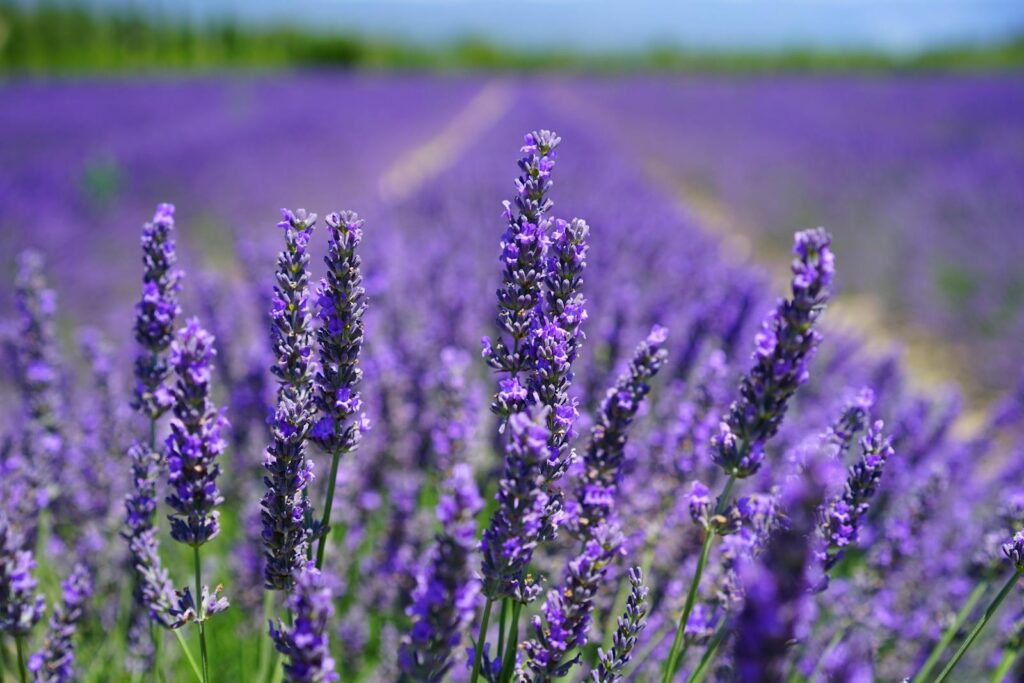
While visual cues dominate discussions of butterfly attraction, the role of floral scent should not be underestimated. Butterflies possess sophisticated olfactory receptors located on their antennae and legs that can detect specific volatile organic compounds released by flowers. Research published in the Journal of Chemical Ecology demonstrates that certain butterflies can distinguish between plant species based solely on scent profiles, even when visual cues are controlled. Plants like lavender, heliotrope, and sweet alyssum produce particularly attractive fragrance compounds for many butterfly species. Interestingly, some butterflies appear to learn associations between specific scents and nectar rewards, developing preferences through experience. Morning-blooming flowers often produce stronger fragrances that help early-foraging butterflies locate them before they fully open, showcasing the complex interplay between floral traits and pollinator behavior.
Garden Design: Creating Butterfly-Friendly Microclimates
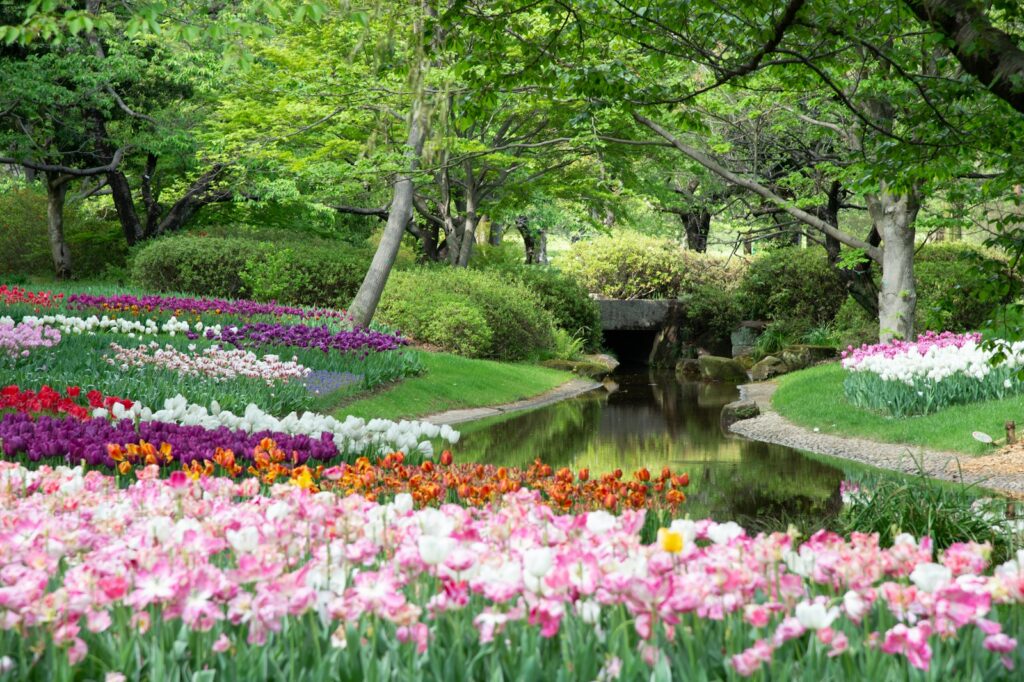
Strategic garden design can significantly enhance butterfly visitation by creating favorable microclimates and habitat structure. Butterflies, being ectothermic creatures, require warmth to fly efficiently and typically avoid shaded areas in favor of sunny locations. Research from butterfly conservatories shows that plantings receiving at least six hours of direct sunlight attract substantially more butterfly activity than shadier gardens with identical plant selections. Windbreaks in the form of shrubs, trees, or structures provide crucial protection, as butterflies expend significant energy fighting against even moderate breezes. Incorporating flat rocks in sunny locations creates basking spots where butterflies can warm their flight muscles on cool mornings. Perhaps most importantly, arranging flowers in substantial clusters rather than as scattered individual plants creates more visible targets for passing butterflies and more efficient feeding stations once discovered.
Water and Mineral Sources: Beyond Flowers
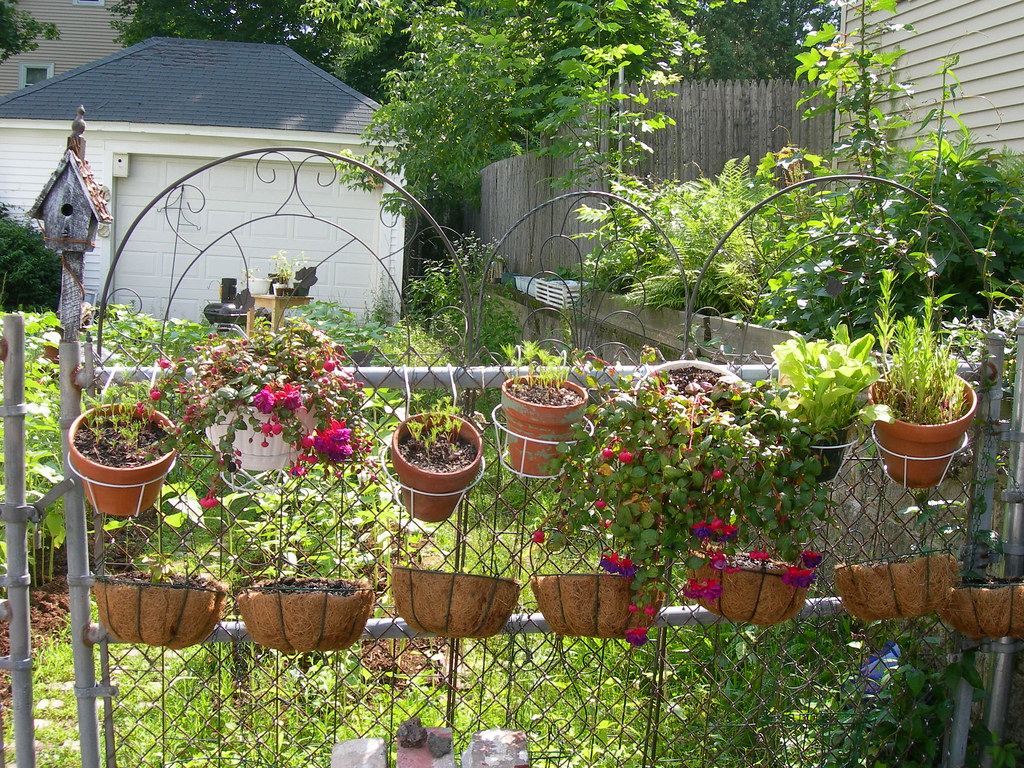
While nectar provides sugars and some nutrients, butterflies require additional resources that gardeners often overlook. Male butterflies of many species engage in “puddling” behavior, gathering around damp soil, animal manure, or decomposing organic matter to extract minerals, particularly sodium, which they transfer to females during mating to enhance egg viability. Creating designated puddling areas by maintaining shallow dishes filled with damp sand and a pinch of sea salt can dramatically increase butterfly retention in gardens. Many butterflies also require accessible water sources, though they rarely drink from open water due to drowning risks. Some species have been observed extracting moisture from mud, bird droppings, rotting fruit, and tree sap. Including overripe fruits in designated feeding stations provides both supplemental nutrition and hydration for species like mourning cloaks, question marks, and red admirals that prefer fermenting fruit to flower nectar.
Pesticide Impacts: Creating Safe Butterfly Havens

The chemical management of gardens can profoundly impact their suitability for butterflies, often in ways gardeners don’t immediately recognize. Broad-spectrum insecticides represent the most obvious threat, directly killing both adult butterflies and their caterpillar stages. However, research published in Environmental Toxicology and Chemistry reveals that even sublethal pesticide exposure can disrupt butterfly navigation, feeding behaviors, and reproductive success. Systemic pesticides, particularly neonicotinoids, pose special concerns as they can persist in plant tissues for months or years, contaminating nectar and pollen. Herbicides, while not directly toxic to butterflies, eliminate critical wild host plants that many species depend upon for reproduction. Even biological controls like Bacillus thuringiensis (Bt) can devastate butterfly populations when applied carelessly. Creating truly butterfly-friendly spaces requires committing to ecological pest management strategies that preserve the intricate relationships between butterflies and their plant hosts.
Regional Adaptations: Tailoring Gardens to Local Species
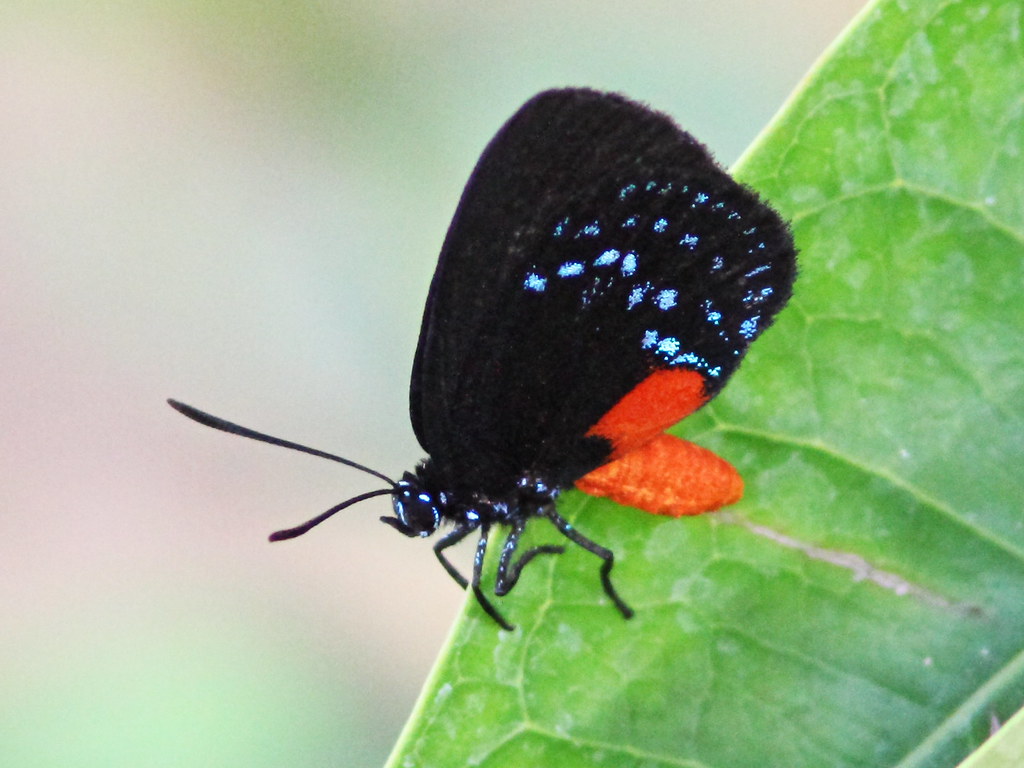
Butterfly communities vary dramatically across geographic regions, reflecting adaptations to local climate, vegetation, and evolutionary history. Successful butterfly gardening requires understanding which species naturally occur in your area and tailoring plant selections to their specific needs. The chalk hill blues of the American West require lupines as host plants, while Florida’s atala butterflies depend on coontie, a native cycad. Conservation organizations like the North American Butterfly Association offer regional plant lists that identify both nectar sources and host plants appropriate for local butterfly species. Beyond plant selection, regional adaptation may involve adjusting garden structures – butterfly gardens in hot climates benefit from afternoon shade that would be detrimental in cooler regions. Understanding local butterfly flight periods, which vary by region, helps gardeners ensure appropriate resources are available when needed most.
Scientific Monitoring: Becoming a Citizen Scientist
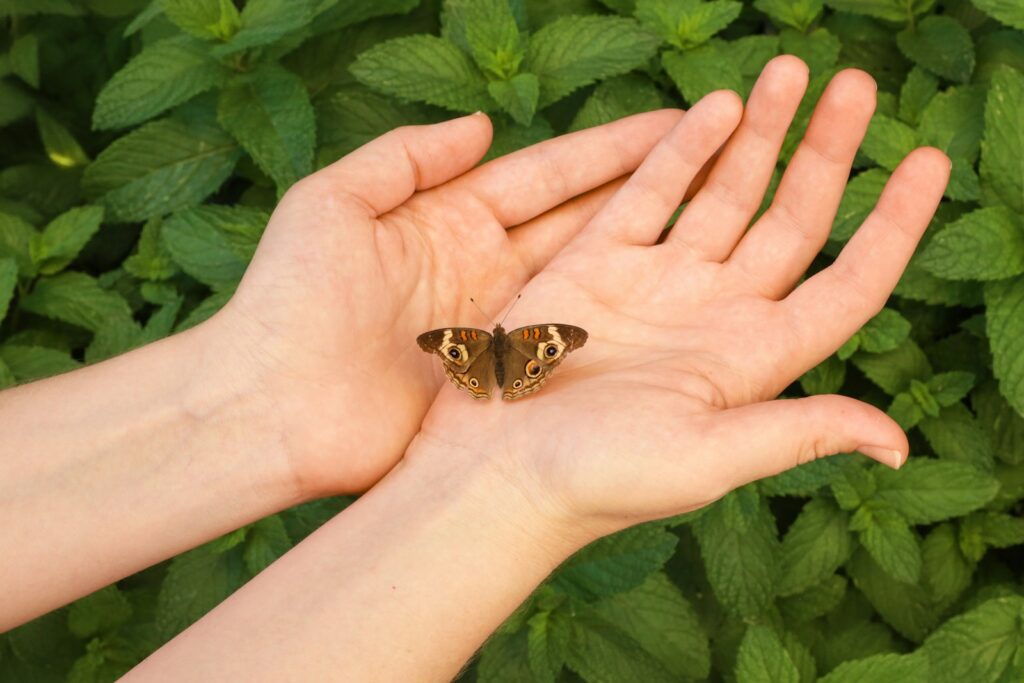
Butterfly gardening offers opportunities not just for personal enjoyment but also for contributing to scientific understanding through citizen science initiatives. Programs like the Monarch Watch tagging program, eButterfly, and the North American Butterfly Association counts allow gardeners to systematically document butterfly visitors, providing valuable data on population trends and migration patterns. Research from the Xerces Society indicates that data from home gardens has been crucial in identifying population declines and range shifts in response to climate change. Participating gardeners typically follow standardized protocols to record butterfly species, numbers, and behaviors, often using smartphone apps that facilitate identification and automatic data submission. Beyond advancing scientific knowledge, monitoring creates deeper connections between gardeners and their butterfly visitors, transforming casual observation into meaningful conservation action.
Conservation Impact: Gardens as Butterfly Sanctuaries
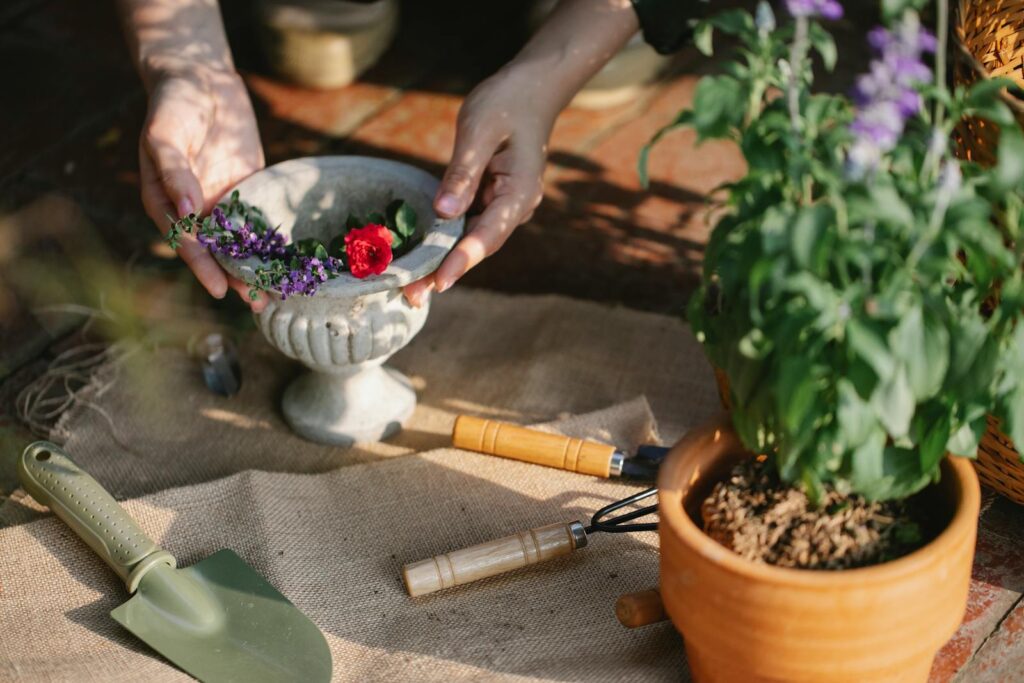
Individual butterfly gardens, while valuable on their own, achieve greatest conservation impact when viewed as components of larger habitat networks. Research published in Conservation Biology suggests that even small urban and suburban gardens can serve as critical “stepping stones” between larger natural areas, facilitating butterfly movement across otherwise inhospitable developed landscapes. This connectivity function becomes increasingly important as natural habitats face fragmentation from development and climate change forces range shifts. The National Wildlife Federation’s Garden for Wildlife program has documented how residential landscapes certified as wildlife habitats collectively contribute millions of acres of butterfly-supporting habitat. Additionally, butterfly gardens raise awareness about pollinator conservation issues, creating ripple effects as neighbors and visitors become inspired to create their own butterfly-friendly spaces. By intentionally selecting plants that support butterflies through all life stages, gardeners participate in practical conservation that produces tangible results for declining species.
Conclusion
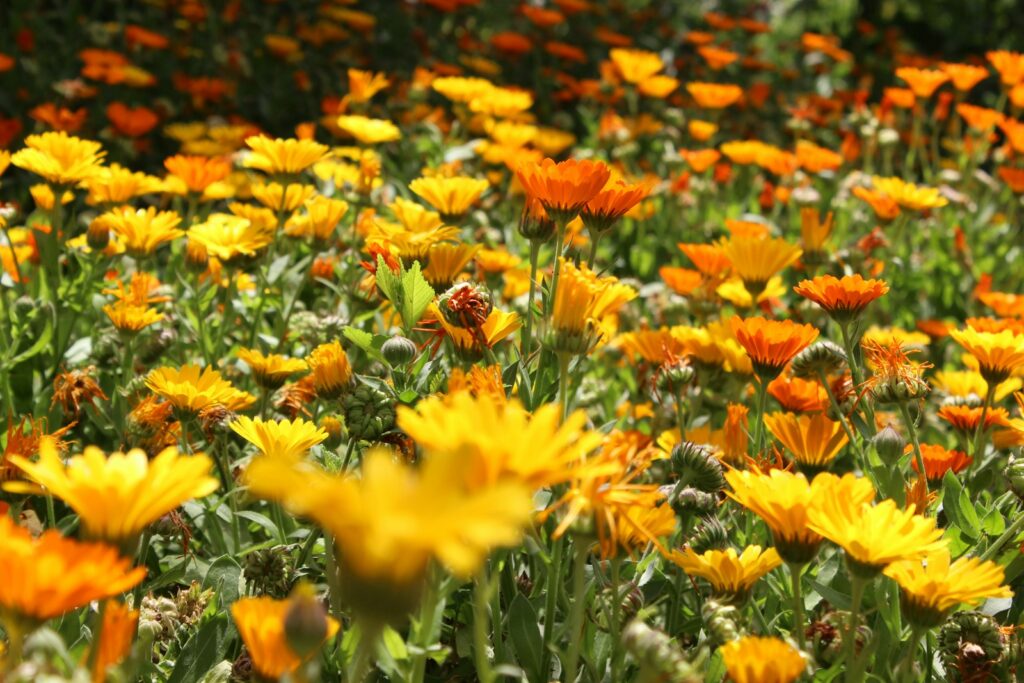
Creating a garden that successfully attracts and supports butterflies requires understanding the complex relationships between these insects and their plant partners. By incorporating knowledge about butterfly vision, nectar preferences, host plant requirements, and habitat needs, gardeners can transform their landscapes into thriving butterfly sanctuaries. The science of butterfly attraction reveals the remarkable adaptations that have evolved between flowering plants and their pollinators over millions of years. As we face unprecedented biodiversity declines, including among butterfly populations, thoughtfully designed gardens offer not just aesthetic beauty but genuine conservation value. Whether you’re planting a few containers on a balcony or redesigning acres of land, the principles of butterfly-friendly gardening remain the same – provide diverse, chemical-free resources that support complete life cycles, and the butterflies will come.

